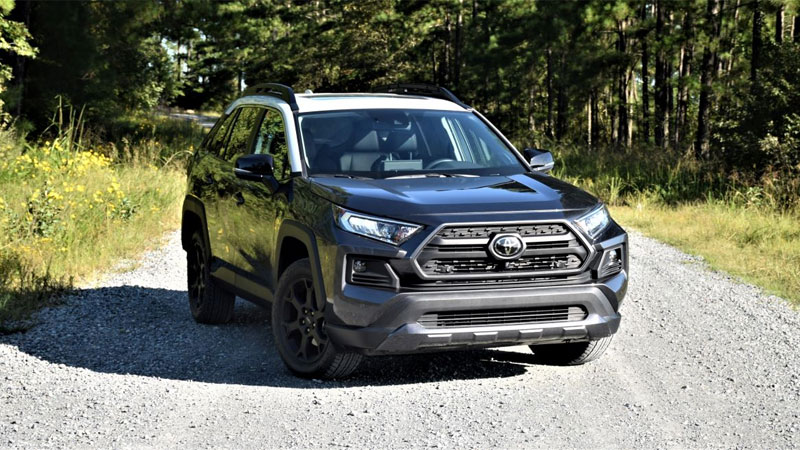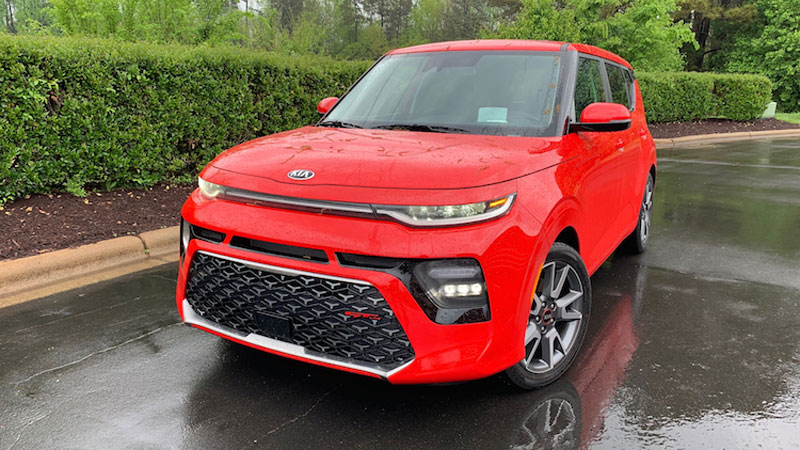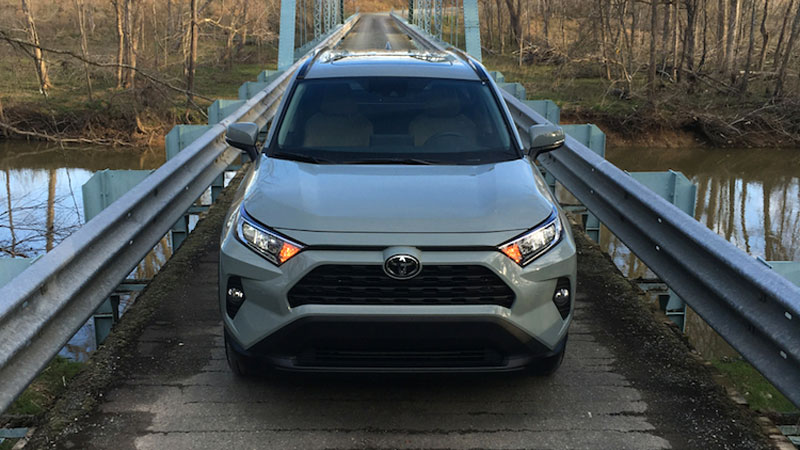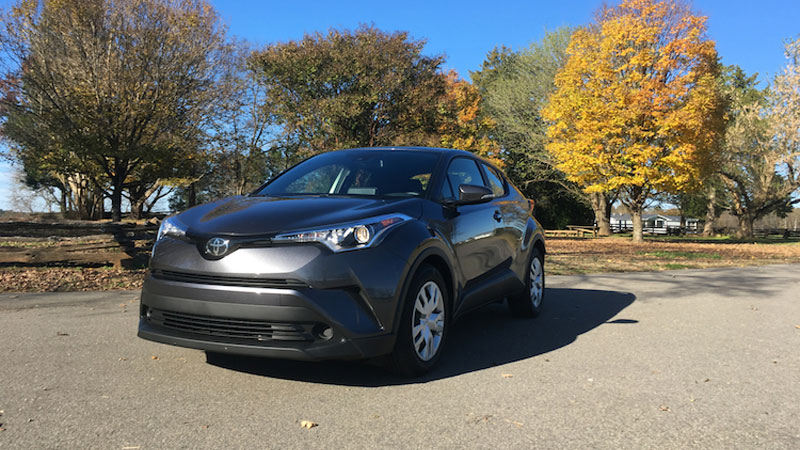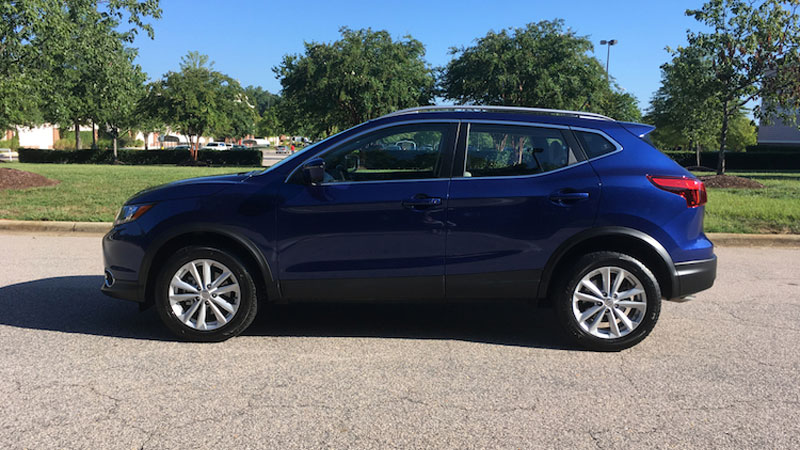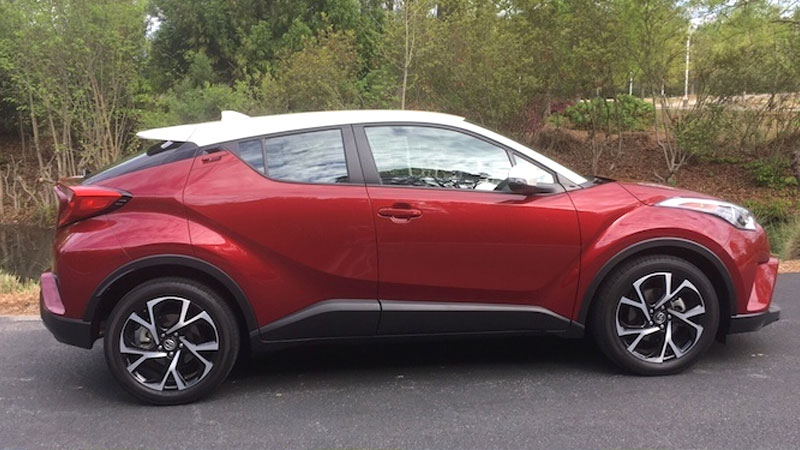2020 Toyota RAV4 TRD Off-Road: For the Road Less Traveled
Toyota brings the TRD Off-Road to the RAV4 line. Things have certainly changed for Toyota and we’re not talking about the current pandemic world we live in. Prior to 2020, we saw a shift in car-buying habits that remains current today: consumers are moving away from traditional car models such … Read more

